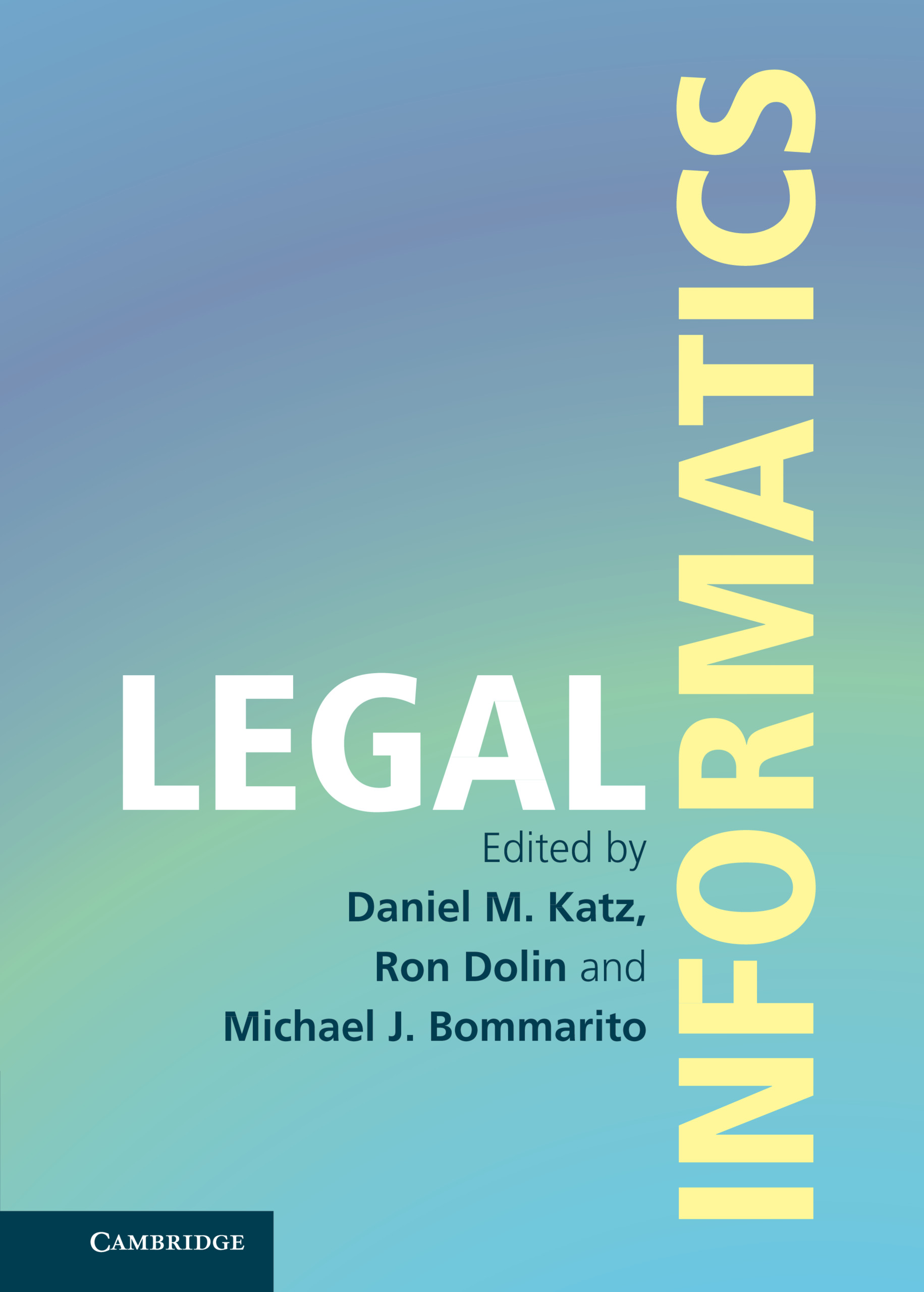Book contents
- Legal Informatics
- Legal Informatics
- Copyright page
- Contents
- Figures
- Tables
- Contributors
- Part I Introduction to Legal Informatics
- Part II Legal Informatics
- A Information Representation, Preprocessing, and Document Assembly
- B. Artificial Intelligence, Machine Learning, Natural Language Processing, and Blockchain
- 2.6 AI + Law
- 2.7 Machine Learning and Law
- 2.8 Natural Language Processing for Legal Texts
- 2.9 Introduction to Blockchain and Cryptography
- C. Process Improvement, Gamification, and Design Thinking
- D. Evaluation
- Part III Use Cases in Legal Informatics
- Part IV Legal Informatics in the Industrial Context
2.8 - Natural Language Processing for Legal Texts
from B. - Artificial Intelligence, Machine Learning, Natural Language Processing, and Blockchain
Published online by Cambridge University Press: 04 February 2021
- Legal Informatics
- Legal Informatics
- Copyright page
- Contents
- Figures
- Tables
- Contributors
- Part I Introduction to Legal Informatics
- Part II Legal Informatics
- A Information Representation, Preprocessing, and Document Assembly
- B. Artificial Intelligence, Machine Learning, Natural Language Processing, and Blockchain
- 2.6 AI + Law
- 2.7 Machine Learning and Law
- 2.8 Natural Language Processing for Legal Texts
- 2.9 Introduction to Blockchain and Cryptography
- C. Process Improvement, Gamification, and Design Thinking
- D. Evaluation
- Part III Use Cases in Legal Informatics
- Part IV Legal Informatics in the Industrial Context
Summary
Almost all law is expressed in natural language; therefore, natural language processing (NLP) is a key component of understanding and predicting law. Natural language processing converts unstructured text into a formal representation that computers can understand and analyze. This technology has already intersected with law, and is poised to experience rapid innovation and widespread adoption. There are three reasons for this: (1) the number of repositories of digitized machine-readable legal text data is growing; (2) advances in NLP tools are being driven by algorithmic and hardware improvements; and (3) there is great potential to dramatically improve the effectiveness of legal services due to inefficiencies in its current practice.
- Type
- Chapter
- Information
- Legal Informatics , pp. 99 - 113Publisher: Cambridge University PressPrint publication year: 2021
- 5
- Cited by

